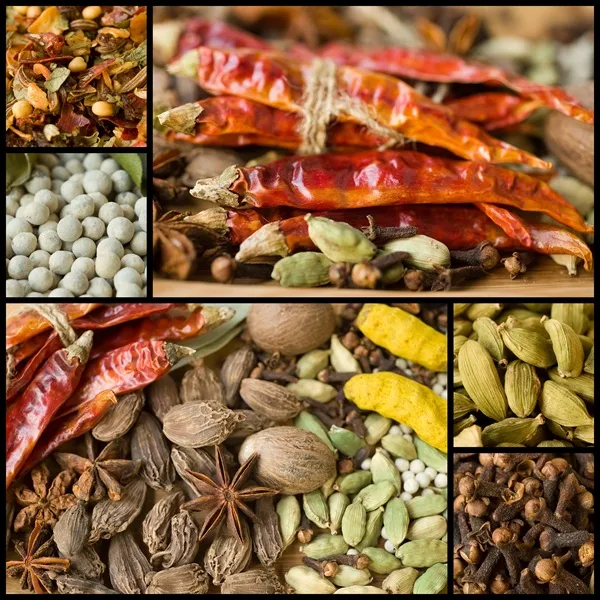
Spices and Herbs
Spices are derived from other parts of plants, such as seeds, bark, roots, or fruit. When used thoughtfully, herbs and spices add both health benefits and culinary magic to dishes.
Herbs, the fragrant leaves and seeds of various plants, have been treasured for centuries for their culinary, medicinal, and aromatic properties. From the delicate scent of lavender to the robust flavor of rosemary, herbs add depth and complexity to our lives.

Spices are derived from other parts of plants, such as seeds, bark, roots, or fruit. When used thoughtfully, herbs and spices add both health benefits and culinary magic to dishes.

Fresh herbs like parsley, basil, cilantro, and mint add brightness and complexity to salads, sauces, and garnishes, while dried herbs like thyme, oregano, and rosemary lend depth and warmth to slow-cooked dishes and marinades. Each form has its unique strengths.

Saving money on fresh produce while maintaining a healthy diet is achievable by sourcing from discounted suppliers, buying in bulk, and efficiently processing and storing food. Here’s a step-by-step guide to help you find affordable fresh food, preserve it properly, and maximize its use in meals.

In Portland, several grocery liquidators and discount stores sell surplus or near-expiry produce at significantly reduced prices. These stores operate outside traditional retail channels, offering discounts of 25% to 75% on perishable and non-perishable food items.

Parsley (Petroselinum crispum), a bright green herb from the Apiaceae family, is a culinary staple known for its fresh flavor and vibrant appearance. Often used as a garnish, parsley is much more than just a decorative touch

Thai basil (Ocimum basilicum var. thyrsiflora), a distinct variety of basil, is a fragrant herb integral to Southeast Asian cooking. Known for its unique anise-like flavor and purple stems, Thai basil adds depth and complexity to dishes.

Basil (Ocimum basilicum), often referred to as the "king of herbs," is a fragrant and versatile herb cherished in cuisines worldwide. Belonging to the mint family (Lamiaceae), basil is celebrated for its aromatic leaves, which add depth and flavor to a wide range of dishes.

Celery’s crisp texture, mild flavor, and nutritional benefits make it a versatile and essential ingredient in kitchens worldwide. From its role in classic dishes to its modern appeal in juices and plant-based diets, celery continues to be a staple of healthy eating.

Indian cuisine is renowned for its rich and diverse flavors, vibrant colors, and aromatic spices. Beyond the sheer delight to the taste buds, the use of spices in Indian cooking brings a multitude of health benefits. I



Curry leaves, scientifically known as Murraya koenigii, are a fragrant herb widely used in Indian, Sri Lankan, and Southeast Asian cuisines. Curry leaves are incredibly versatile and can be used in a variety of dishes, both cooked and raw.


Cilantro, also known as coriander leaves or Chinese parsley, is a fragrant herb widely used in global cuisines. Scientifically known as Coriandrum sativum, cilantro is prized for its bright, citrusy flavor and aromatic qualities.

Green chilies, also known as green peppers or fresh chilies, are the unripe fruits of the Capsicum plant. They are a staple in many cuisines worldwide, prized for their spicy flavor and versatility.
